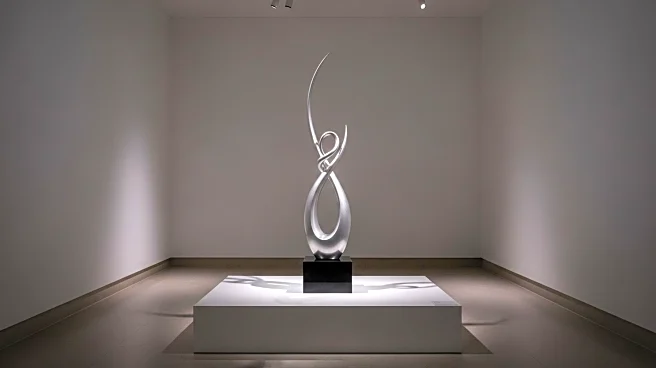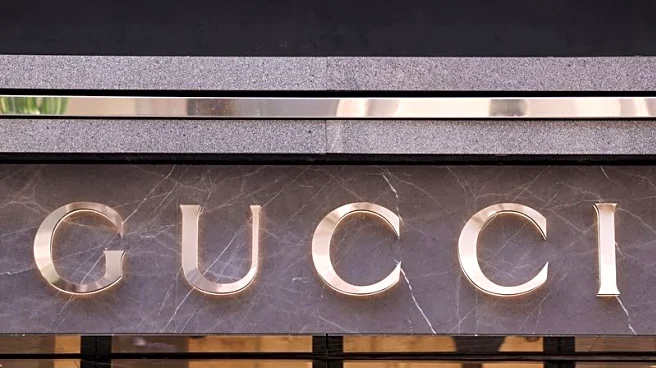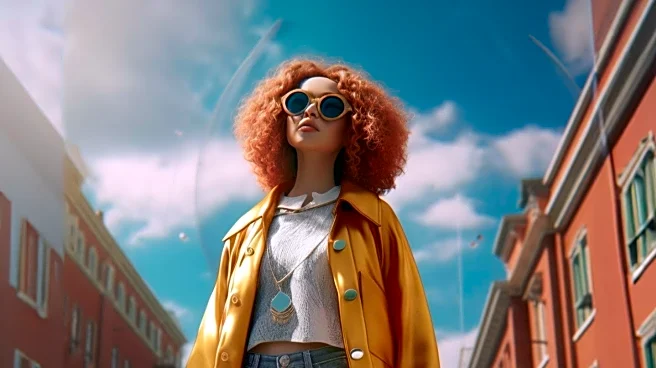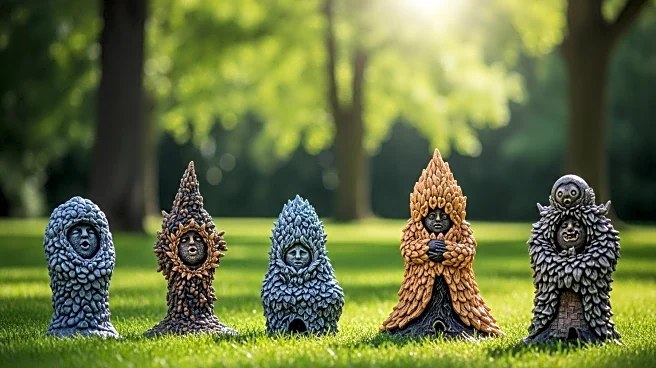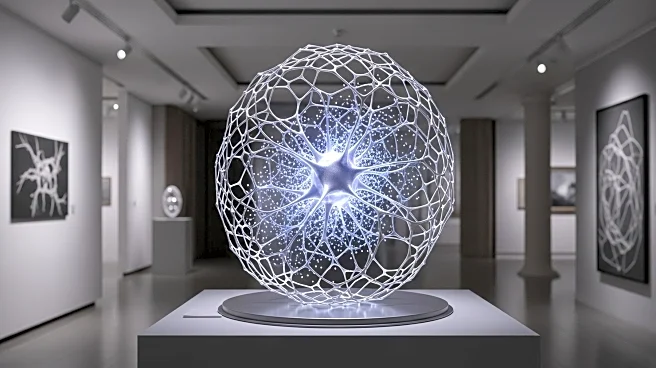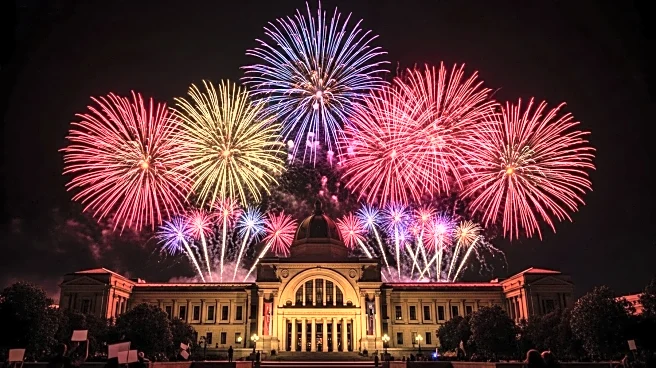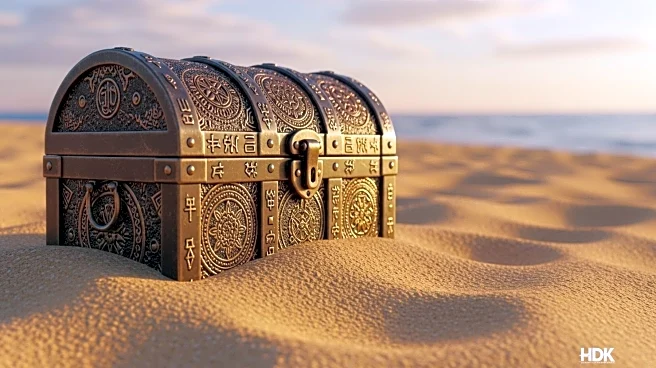What's Happening?
In 1958, artist Mark Rothko was commissioned to create murals for the Four Seasons restaurant in the Seagram Building, New York. Despite initially accepting the project, Rothko later rejected it after dining at the restaurant. He was dismayed by the opulence and the clientele, which he felt were at odds with his artistic values. Rothko returned the $35,000 payment and stored the murals until 1968, when he donated them to London's Tate Gallery. The murals, characterized by dark, brooding colors, were intended to evoke a sense of claustrophobia, inspired by Michelangelo's Laurentian Library.
Why It's Important?
Rothko's decision to reject the commission underscores the tension between art and commerce. His actions highlight the artist's struggle to maintain integrity in the face of commercial pressures. This incident reflects broader themes in the art world, where financial incentives often clash with artistic vision. Rothko's refusal to compromise serves as a testament to the importance of artistic authenticity, influencing future generations of artists to prioritize creative expression over commercial gain.
What's Next?
The murals, now housed in Tate Modern, continue to be a focal point for discussions on artistic integrity and the role of art in public spaces. Rothko's legacy prompts ongoing debates about the relationship between artists and patrons, and the ethical considerations of art commissions. As the art world evolves, Rothko's story remains a powerful example of the potential conflicts between artistic vision and commercial interests.


